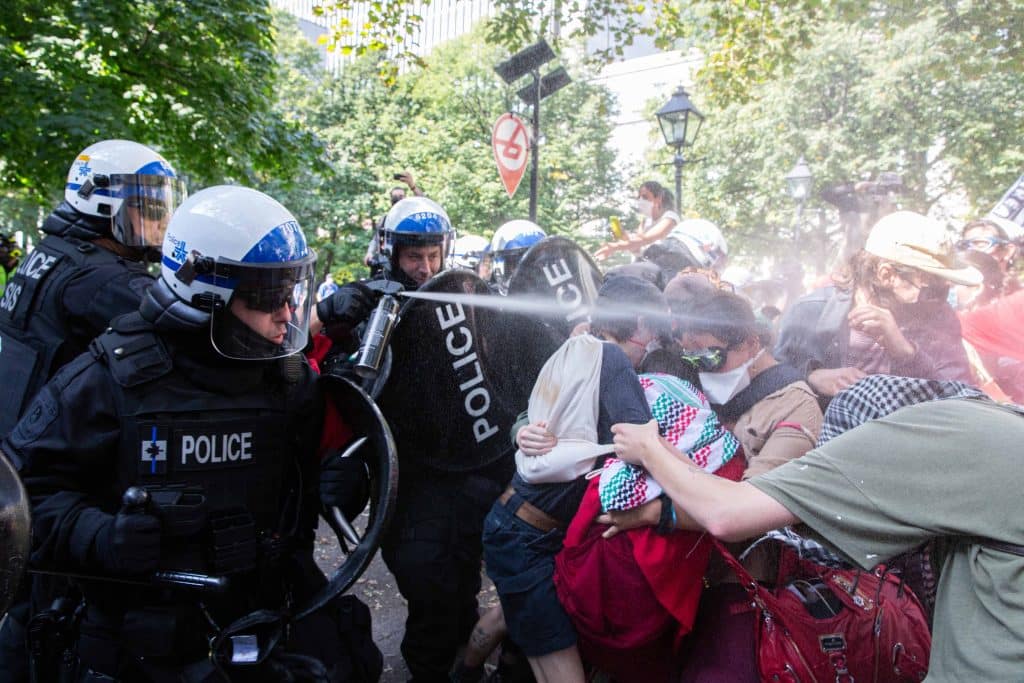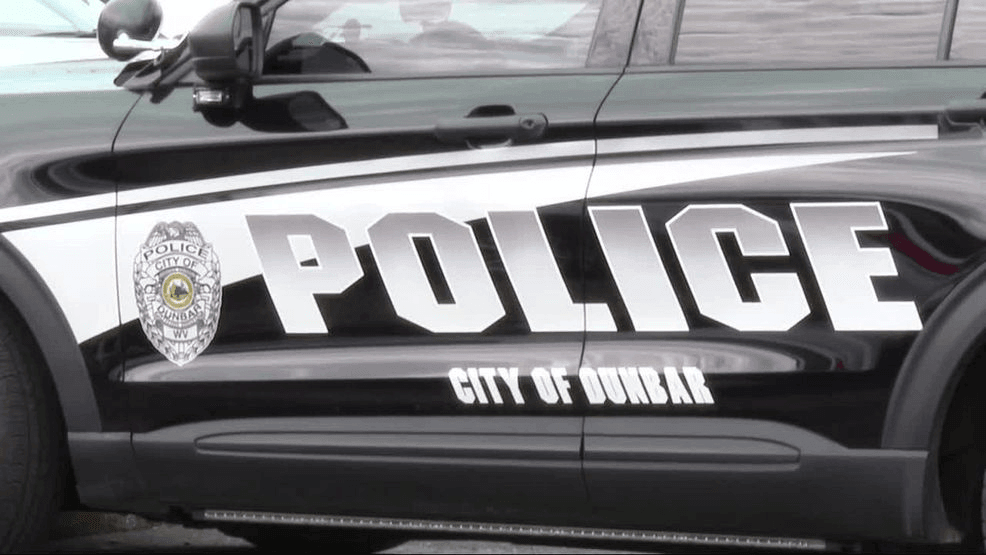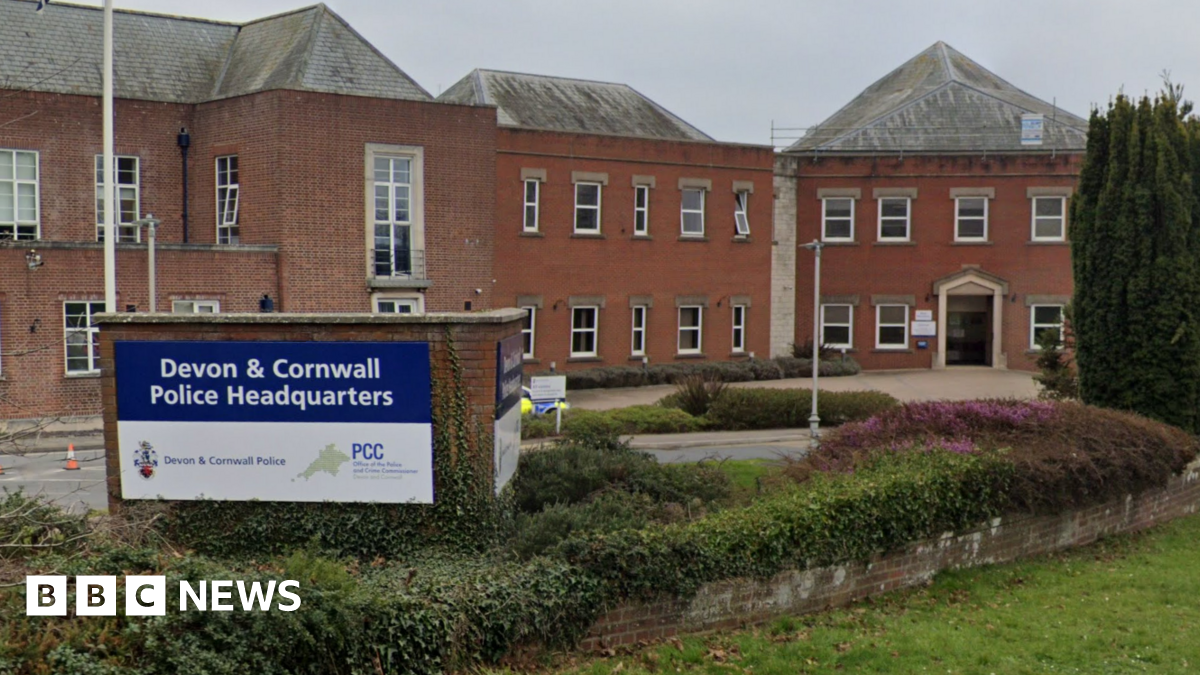

I stumbled through another cloud of tear gas.
Disoriented and surrounded by the echoes of police batons clashing against plastic shields, I could barely see where I was running in the dark streets. My eyes could hardly function after a thorough dousing of pepper spray. The pain was immense.
Small groups of demonstrators and I had been forced several blocks away from Palais des congrès. The Service de police de la Ville de Montréal (SPVM) had declared the protest illegal just minutes prior. They’d used an outrageous yet routine amount of chemical weapons and beatings to break up the demonstration.
Then, I heard the screams.
I turned around and ran towards the source. Four young demonstrators were sheltered against a metal gate on the sidewalk. “Elle est en détresse … she is injured!” one of them cried in terror. Two officers wearing riot gear and carrying batons and shields were viciously beating the group. Not one of them fought back. An officer swung at them in a flurry of broad, purposeful swings. One demonstrator appeared to shield the others with their body and bear the brunt of the impacts.
Adrenaline coursing, I regained my composure and lifted my camera to my face. Pressing my finger down on the shutter, I’d capture the moment the police would later refuse to acknowledge.
A riot cop then ran up to me screaming “bouge, bouge, bouge!” I continued to run.
Support Independent Journalism.
I hadn’t fully grasped the sheer brutality of the moment I captured and the terror these people endured until I reviewed the photos later that evening. Following the publication of my report of the evening’s events, one of the victims had messaged me that they were in the hospital with serious injuries.
She told me, “I thought they were going to kill us.”
Demonstrators, journalists, and bystanders alike were injured by the indiscriminate use of chemical weapons as malicious officers let loose.
There would be no accountability for the actions of these officers.
The violent behaviour of the SPVM on November 22, 2024, was not exceptional — it is the norm in the City of Montreal at political demonstrations. I know because I’ve been a documentary witness and often a target of this worsening trend for a decade.

The SPVM has a Police Brutality Problem
In 2016, I wrote an article summarizing my experiences to date as a photojournalist covering protest movements in Montreal, in which I discussed how the SVPM’s policing tactics at demonstrations were a blight upon the city and that the organization was in dire need of serious accountability and reform.
In the following years as an independent photojournalist, I continued the dangerous work of documenting Montreal’s demonstrations and the SPVM’s repression of them. To this day, the SPVM continues to ruthlessly suppress political expression, using the same brutal strategies and widespread use of chemical weapons as they did back when I began this work in 2015. In my experience, the issue has worsened significantly.

The frequency of violent police interventions at political demonstrations has led to a disturbing trend: people are becoming afraid of the consequences associated with political expression. This includes injury at the end of a police baton, dawdling legal consequences, acute respiratory distress from chemical weapons, or psychological trauma from the SPVM’s use of “crowd dispersal tactics.”
Shock and Awe
The perverse choreography of “crowd dispersal” tactics is meant to instill panic and terror by overloading every bodily sense.
When the SPVM descends upon a demonstration, they impose an atmosphere of overwhelming force. The clash of batons against shields as the police sprint forth, deafening flash-bangs and various projectiles peaking one’s eardrums, the sting of tear gas in one’s eyes, nose and throat, the sensation of poison-induced choking as though every breath could be the last.
The means and weapons employed by the SPVM for crowd dispersal are meant to flood the psyche. They are the primordial expression of shock and awe. The original theorists of the US military tactic state that the purpose is “to paralyze [the adversary’s] will to carry on. In crude terms, … [to] seize control of the environment and paralyze or so overload an adversary’s perceptions and understanding of events so that the enemy would be incapable of resistance … An adversary would be rendered totally impotent and vulnerable to our actions”.
The purpose of shock and awe is not solely to apply overwhelming force, but to inflict psychological trauma from the performative display of that force.

The most common repression strategy used by the SPVM is what I call the ‘dump and chase’. In this tactic, the police shoot several rounds of tear gas around 100 feet ahead, causing immediate panic and severe respiratory distress in the crowd. The groups of demonstrators will then run down side streets, covering their faces to prevent further inhalation of the nauseous gas and taking cover wherever they can find it.
Police in riot gear then charge forward towards the panic-stricken remnants of the crowds. The moment they reach the crowd is typically where the most outrageous levels of violence occur.
At this point, SPVM officers begin to jab and whip into the demonstrators with their batons, breaking bones, tearing ligaments and causing concussions. They also use copious amounts of pepper spray, causing some of the most painful and long-lasting effects of any chemical weapon in their arsenal.
I have witnessed the SPVM use the dump and chase tactic to repress peaceful protests without any prior warning on dozens of occasions. I have watched the police shoot tear gas canisters at demonstrations filled with families and elderly activists. I have seen children in strollers crying and struggling to breathe after inhaling tear gas. I have witnessed the SPVM bullrush protestors when thousands took to the streets to support Black lives. I have seen SPVM tear gas canisters light cars on fire. I watched as officers struck peaceful protesters demanding LGBTQ+ resources in public schools. I’ve even captured the SPVM using obscene levels of force to quell the celebrations of Montreal Canadiens fans after major playoff wins.

In 1925, the Geneva Conventions banned tear gas for use in warfare. That hasn’t stopped its frequent use by domestic police forces from around the world for “crowd dispersal.” Montreal is no exception. Due to the SPVM’s indiscriminate use of tear gas, many injuries are suffered by those not involved in the demonstrationas the gas fills the street, cars, public transportation, adjacent homes and businesses.
Demonstrators and bystanders most seriously affected by the tear gas, such as those with asthma, the disabled, and anyone injured in the preceding panic, will often not be able to “bouge, bouge, bouge” as the SPVM demands. I have witnessed the SPVM beat those most vulnerable who lie injured on the ground.
More recently, one particular form of escalation has stood out as needless and provocative, a tactic which has always led to police attacking demonstrators. In previous years, it was the norm for the SPVM to flank demonstrations from the sides of either sidewalk as a protest would move through the city. However, in the last few years, the SPVM has decided to flank demonstrations directly beside demonstrators themselves, shoulder to shoulder. The change in tactic has only had the effect of ensuring police violence and appears to be the sole objective of this otherwise purposeless exacerbation.
Beating Injured Protesters, Assaulting Journalists
On November 22, 2024, following a demonstration against the North Atlantic Treaty Organization (NATO), several blocks from where the protest had dispersed, I witnessed the beating of peaceful protesters as they sheltered and tended to a wounded demonstrator.
As riot police advanced, the small group of protesters sheltering on the sidewalk pleaded in French and English that one of them was injured and “en détresse.” An officer carrying a shield and baton calmly walked up to them and began striking the group with wide, forceful sweeps of his baton.

He struck the demonstrators repeatedly as they screamed in terror, begging them to stopbefore a superior walked over and pulled the officer back. In this instance, the police later claimed that they had no record of the episode occurring at all.
The following day, as a flurry of demonstrably false claims of protester violence and “hate” emerged from the events of the previous evening, the SPVM still claimed that no injuries had been recorded in their repression of the demonstration despite widespread coverage to the contrary by independent journalists and activists. The SPVM’s policy of not commenting on their “intervention strategies” for “security reasons” remained in place.
The fact was that several people had been hospitalized with serious injuries. Pivot reportedand I later corroborated, that one demonstrator required multiple stitches to their skull from the impact of a police baton, another suffered broken bones from beatings and another required hospitalization for respiratory distress following tear gas inhalation. There would be no police disciplinary proceedings for the brutality of the officers who caused these injuries.
Earlier that evening, in what was one of the most egregious experiences of malicious police violence directed towards me in my lifetime, a photographer colleague and I were pepper-sprayed without warning for no discernible reason at close proximity by a panicking SPVM officer as we held our cameras to our faces.
Following the demonstration, I required medical aid from colleagues and paramedics for the injuries. I suffered serious pain and partial blindness in my right eye for several days thereafter.
Till date, I still experience discomfort in my eye due to the injuries sustained that night. Several other journalists were beaten and required medical attention for tear gas inhalation.
The Consequences of Extreme Police Violence
Incidents of violence and the memory of violence can be the most defining traumas in a person’s life.
Many of the images I have captured at demonstrations are the worst moments that some young people have ever experienced, moments they will remember forever. These moments will surely define their view of the SPVM, and of perhaps all police forces, for the rest of their lives.
The broader consequence of this collective trauma is that with every act of repression, people are discouraged from organizing politically and expressing themselves. The terror of facing a charging line of violent and heavily armed masked men has had a chilling effect on political expression in Montreal.
I have spoken to people who are not willing to attend street protests in Montreal because they fear for their safety. The fear of repressive violence is not always, as Major Valérie Ap reiterates, a reaction to acts by “professional vandals” who provoke police violence by breaking windows, for example. The SPVM routinely attacks peaceful demonstrators.
A wide range of Montrealers described this trend to me, from activists who have attended many demonstrations to those not willing to attend any. Everyone I spoke to affirmed my perception that people are being deterred from political action for fear of SPVM violence.

Worsening Trend
I feel as though I’ve become a chronicler of a steadily worsening trend of lawlessness, viciousness, repression and brutality by this organization.
In the past year alone, I documented the SPVM attack at least seven peaceful protests.
The pattern of needless escalation and apparent malicious intent to assault demonstrators has become so routine that for many demonstrators, police violence feels inevitable. Demonstrators often wear gas masks, goggles and ski-masks to protect from noxious gases, don helmets to ensure against concussions, insert earplugs to protect their hearing from flash-bangs, and carry mobile first aid kits.
These have become the tools necessary to exercise their Charter-protected right in Montreal in 2025.
The SPVM are at the helm of an assault on free expression in Montreal. The frequency of outrageous acts of police brutality at political demonstrations has become so pervasive and routine that they are now the norm. The truth that citizens are unwilling to exercise their fundamental rights in this city for fear of police coercion is an immense tragedy for democracy. At a time when faith in political norms is faltering and disillusionment with formal democratic institutions is increasingparticularly amongst young people, alternative methods to express political will, such as participation in demonstrations, are more important than ever.
These collective traumas, injuries and resulting prejudices hang like a dark cloud over our city. The victims of the worst excesses of police violence are almost always young people at their most politically formative and impressionable moments in their lifetime. Widespread SPVM violence is not only causing deep antagonisms of police forces, but sends a message to youth that the system itself rejects them and doesn’t believe their political beliefs are worthy of consideration.
The level of ire the SPVM receives grows with every round of CS gas shot into a crowd, every strike of a baton and every dousing of a pepper spray can. With greater public scrutiny on this subject, I hope that one day Montreal will see the SPVM for who they really are and make the reforms needed to hold them accountable.
But in the absence of a strong sense of the need for accountability on the part of journalists, the judiciary and the municipal political class, I maintain little hope that the urgently required reforms towards this out-of-control organization will not be enacted swiftly.
Instagram @williamwilsonphotography
His Substack is https://williamwilsonphotography.substack.com/
Did you like this article? Share it with a friend!



